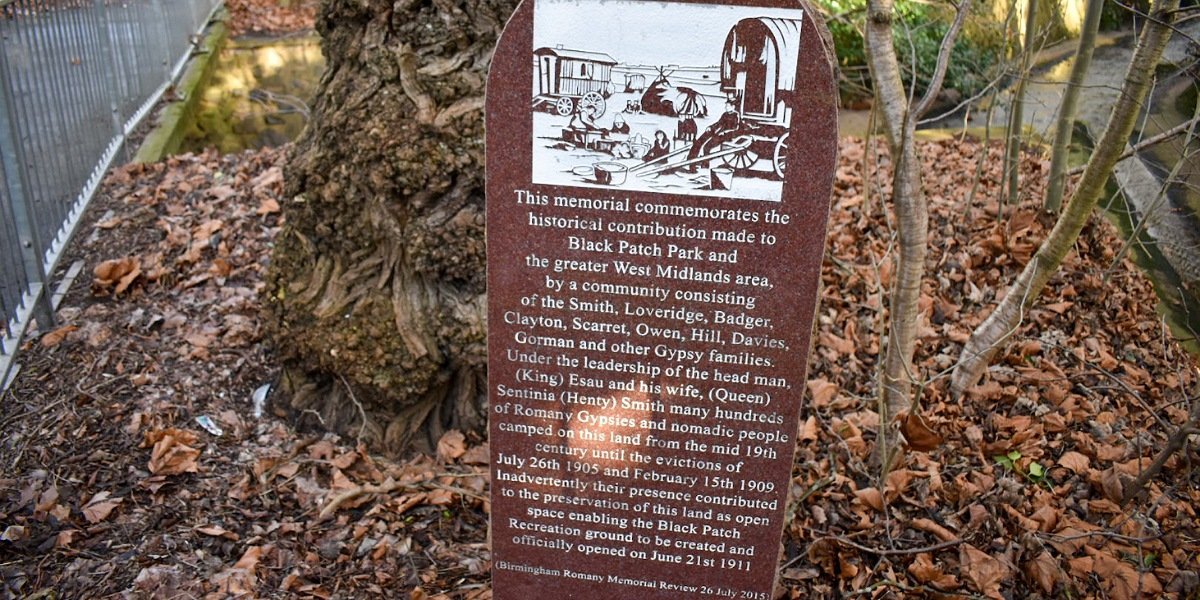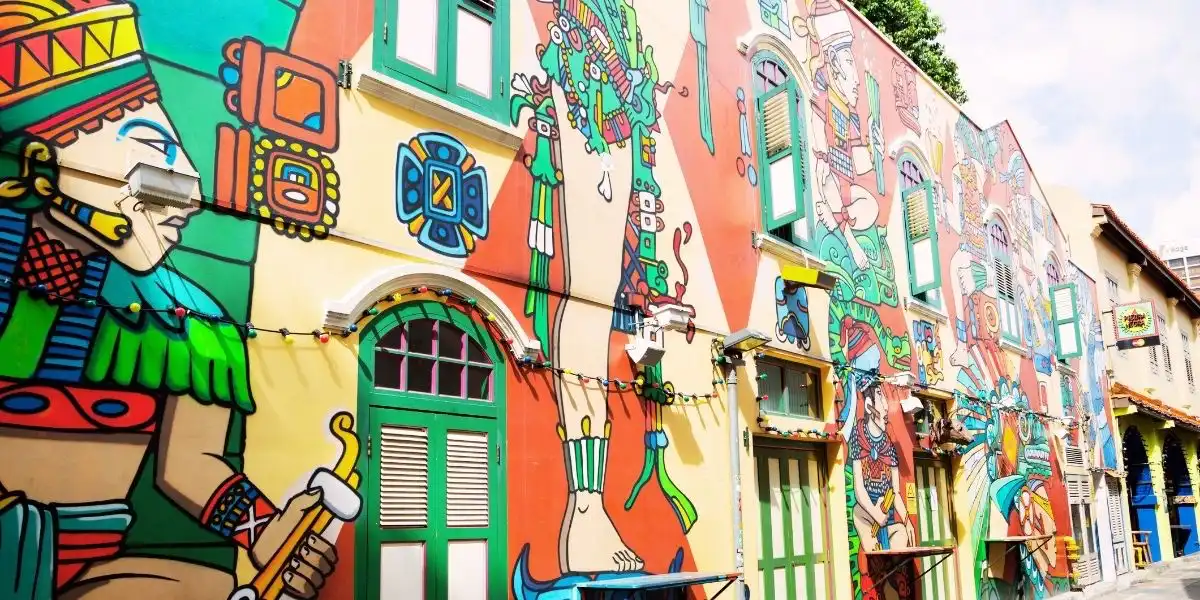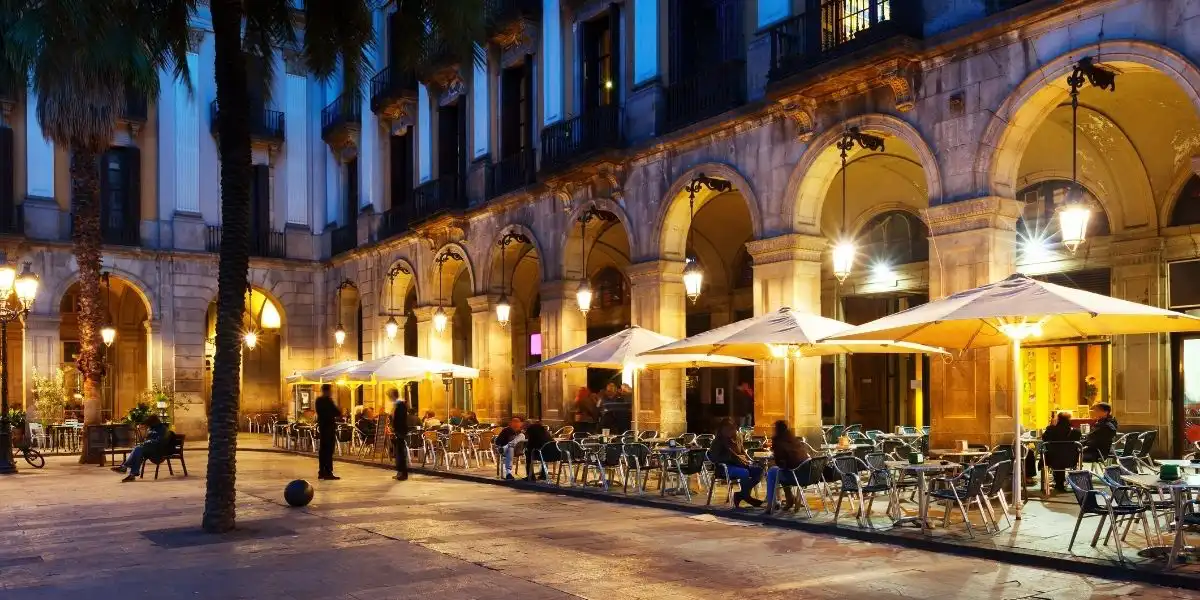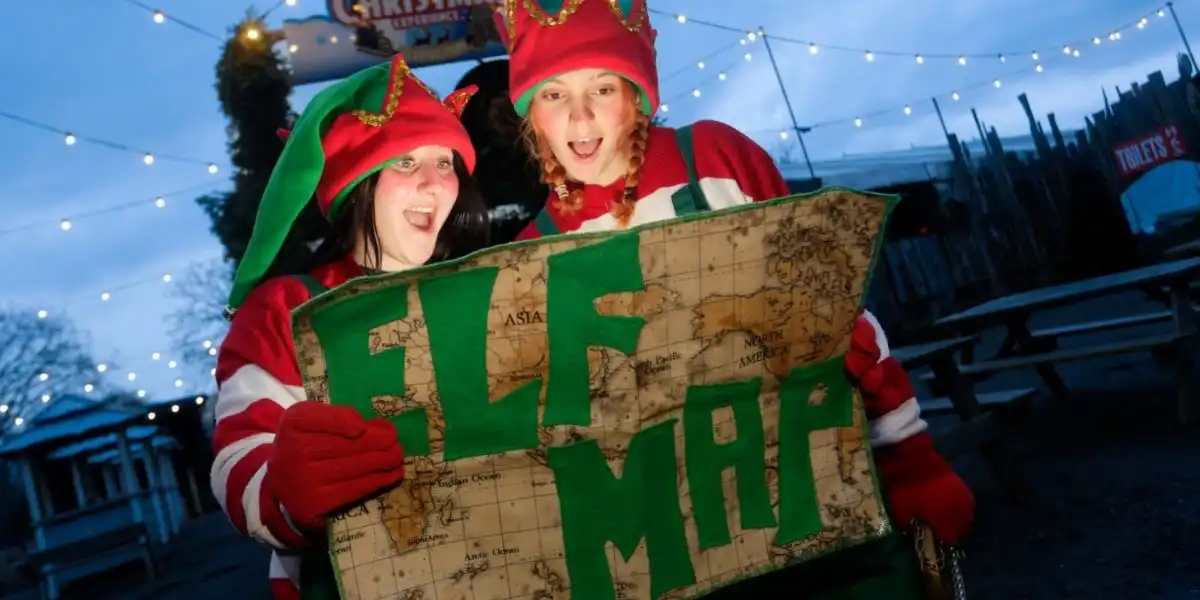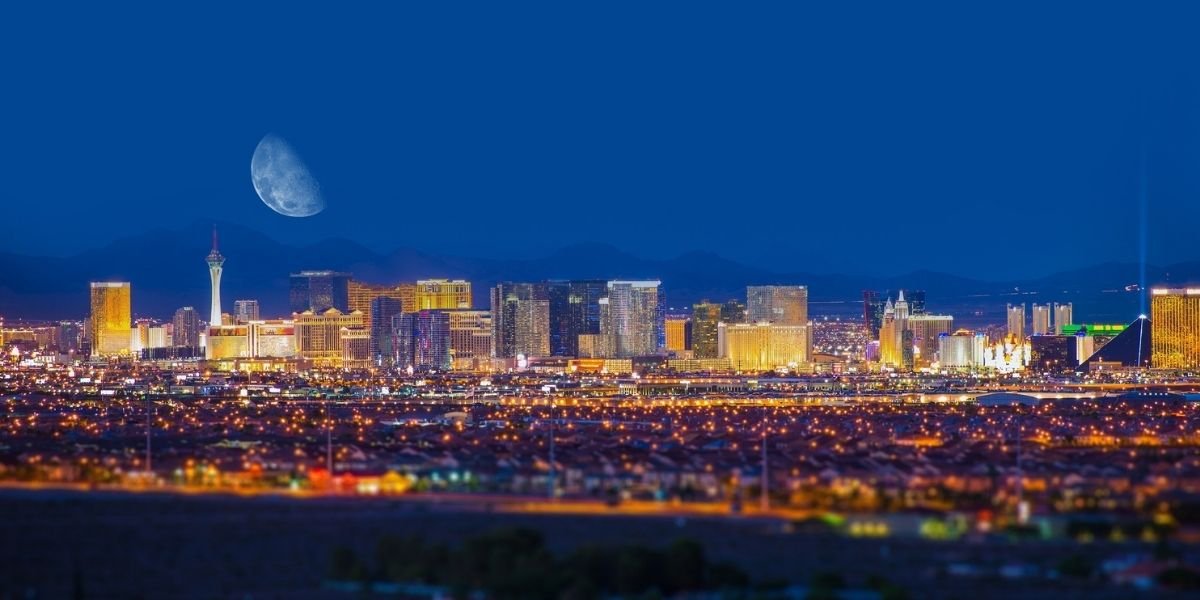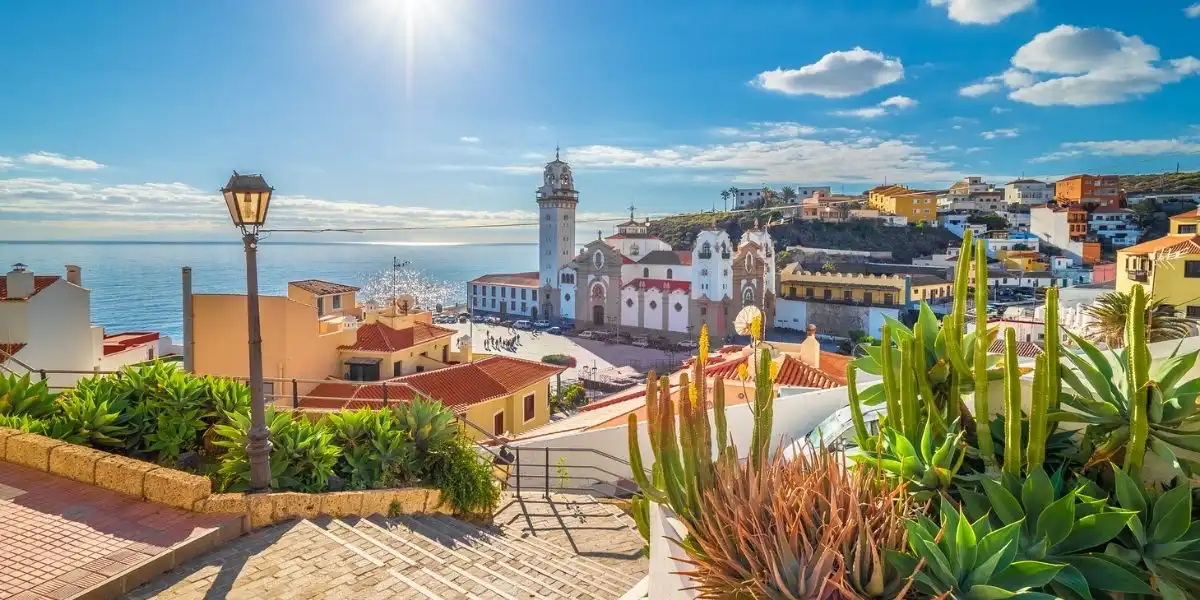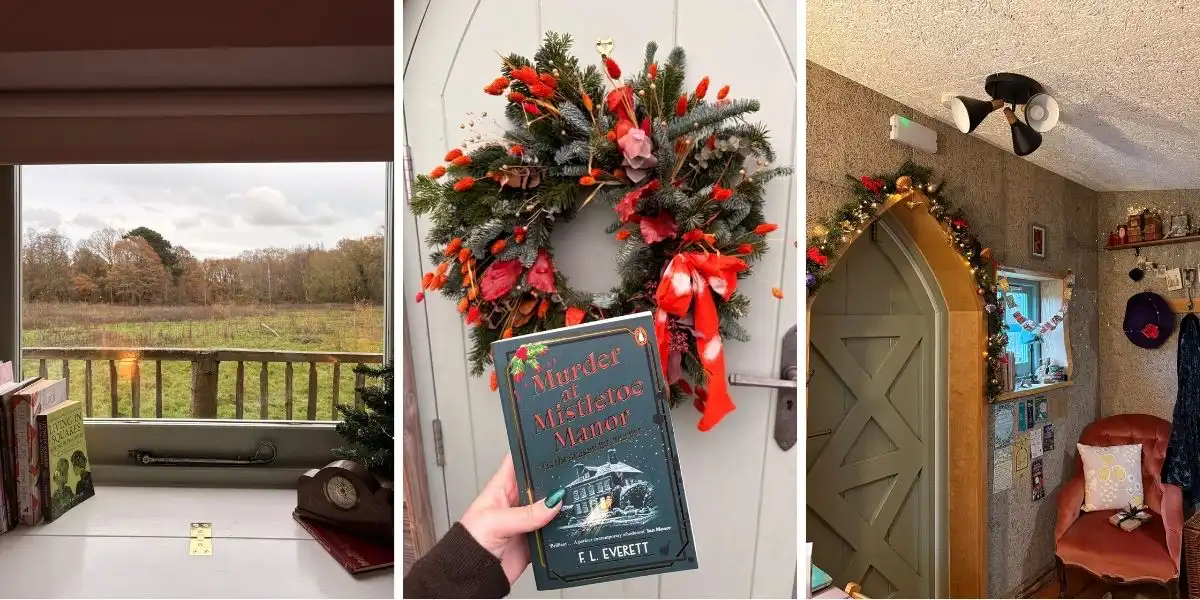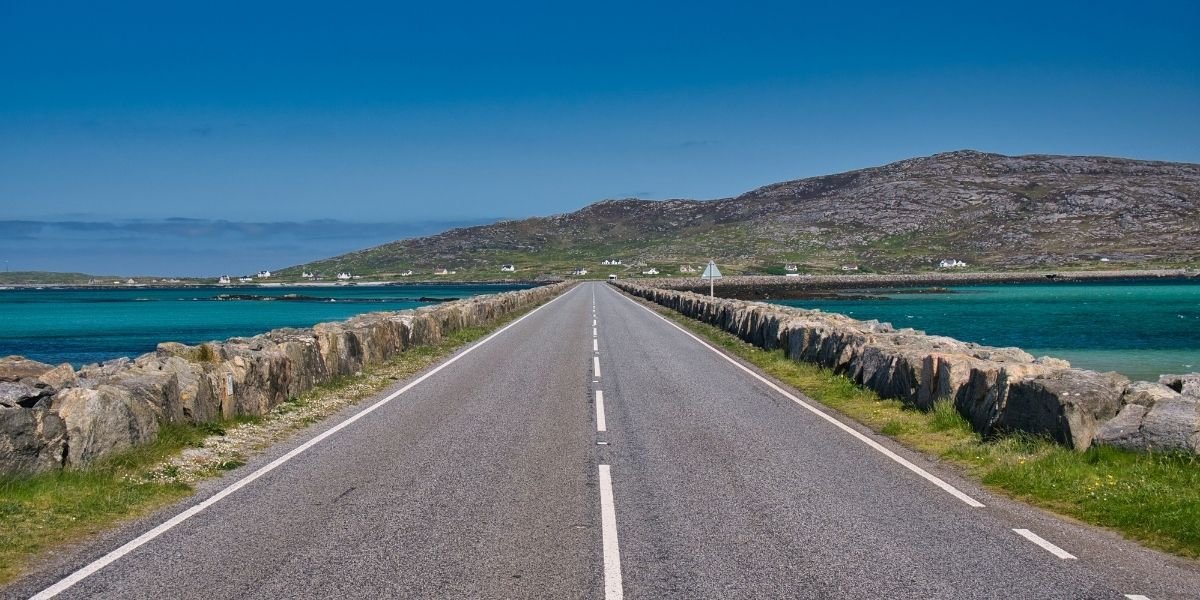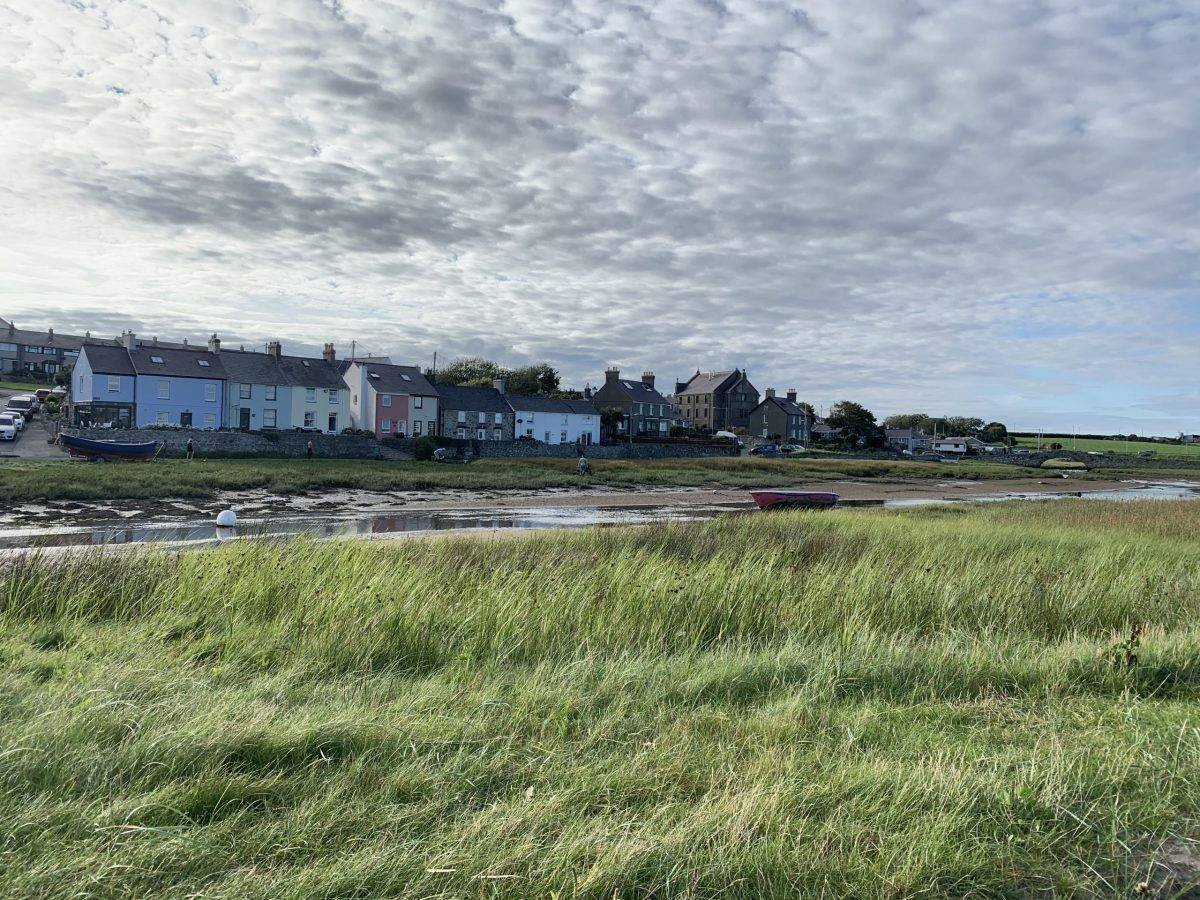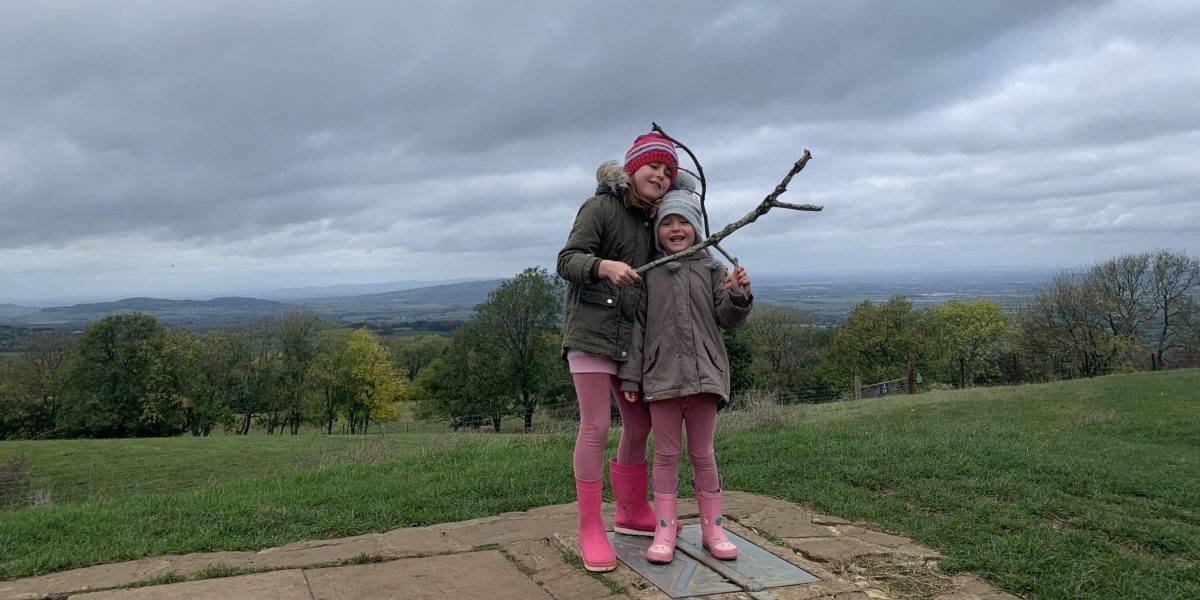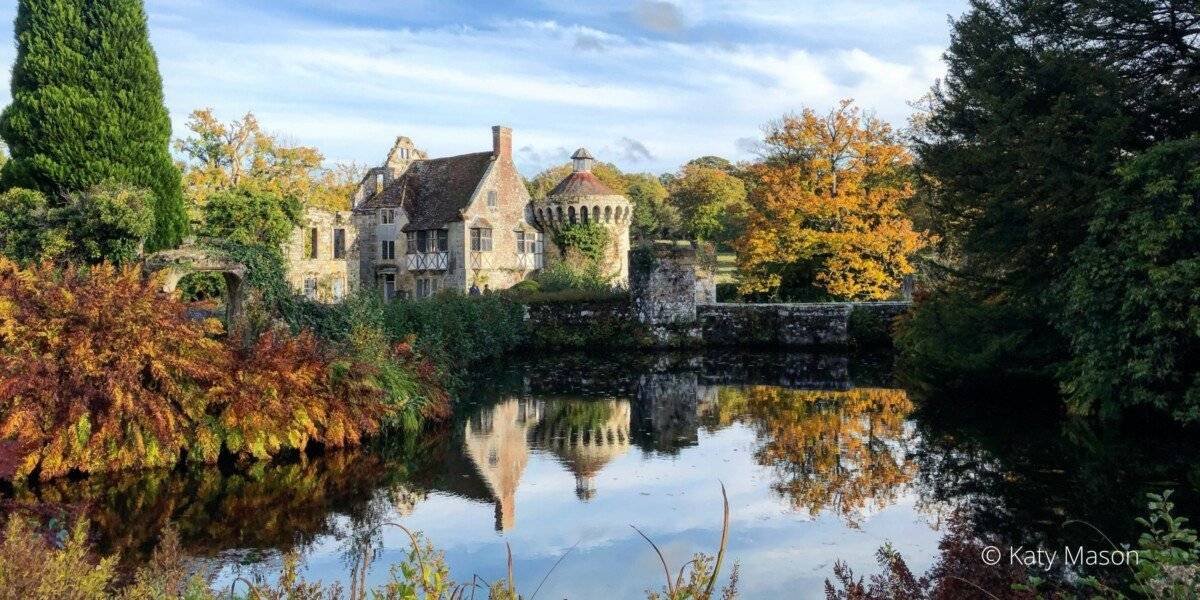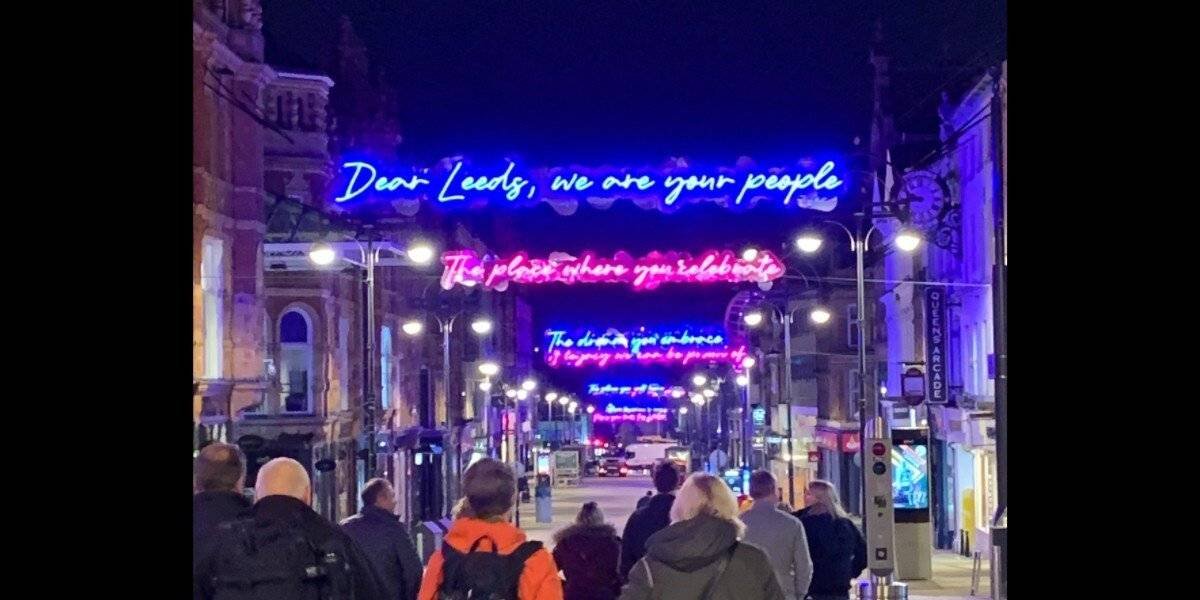Peaky Blinders locations in Birmingham
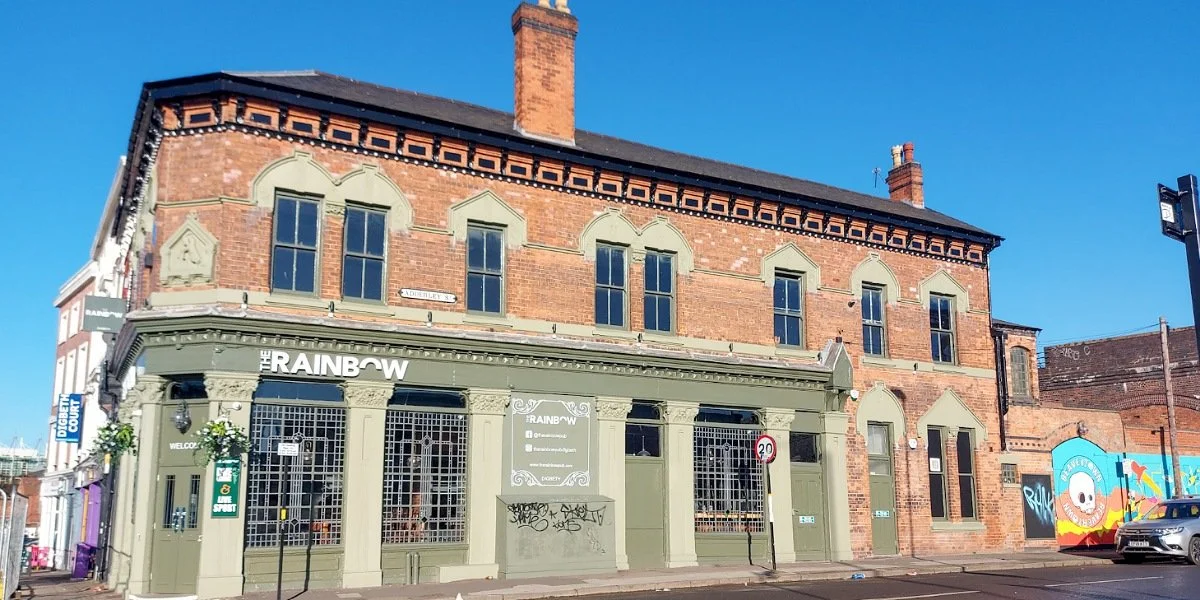
Peaky Blinders locations in Birmingham
The multi-award-winning BBC 1 television show Peaky Blinders has become an international sensation and it has firmly placed Birmingham on the world map! There are over 360,000 Google searches for the Peaky Blinders every month, and over 7 million viewers watched the fifth series. Whilst we all waited for the release date of the hugely anticipated sixth series (premiering on 24th February), our appetites whetted by the dramatic trailer that was shown on New Year’s Day, I decided to find out about the real Peaky Blinders locations in Birmingham.
Early on in my research, I discovered that most of the television series was filmed outside of Birmingham, mainly on location in Manchester and Liverpool, and the iconic house owned by Tommy and Grace is Arley Hall and Gardens in Cheshire. The reason for this was that Small Heath (the Peaky Blinders main stomping ground) now bears little resemblance to the Small Heath area of Birmingham back in the early 20th century. A place that does, however, is the Black Country Living Museum in Dudley, which is the setting for my first photograph.
The Black Country Living Museum is primarily a purpose-built village that has been specially constructed to reflect the houses, shops and industries that were present during the industrial revolution. It brings to life with costumed characters, how life would have been in this region of England from around 1850 to 1950. It also features a mine shaft, a fairground, an old school, and of course the canal – so as you can imagine, it made the perfect set.
The photo shows my ‘Tommy’ walking down the little high street in the Victorian style village, away from the traditional pub, the Bottle and Glass Inn and past shops such as H. Gregory general store and T. Cooks confectioner.
Large portions of the programme were filmed at the Black Country Living Museum, with many parts of the set recognizable such as the canal boats on the dockyard, the bridge where Ada regularly meets Freddie and the chain makers factory and yard. The location has been enhanced by CGI to place large factories and industrial buildings in the background however, as with any programme filmed in Birmingham, I take great pleasure in pausing it, shrieking that I’ve been there and scrutinizing these added details on the screen!
I found out that the Peaky Blinders who are depicted in the series are a far cry from a true representation of the real Peaky Blinders of Birmingham, who were not powerful nor glamorous, but as described in the book by Carl Chinn ‘the real Peaky Blinders’ as ‘back street thugs.’ Carl goes on to explain ‘although some of them were also petty criminals, most of them had jobs, and none of them belonged to a gang in order to make a living from large-scale gangland activities.’
The book also tells us that these gangs were prevalent and thriving before the first world war rather than after it, and dispels the myth that the Peaky Blinders were so called because they sewed disposable razor blades into the peaks of their caps. Apparently, there is no evidence for this and the book states ‘instead they took their name from their fashion of pulling the peak of their flat cap to one side of their head -thus almost covering or blinding one eye.’
However, there were vicious gangs in Birmingham during the late 19th century, and although originally termed ‘slogging gangs’ this term was used interchangeably with the term ‘Peaky Blinders’ to describe these antisocial troublemakers and gang members in the city.
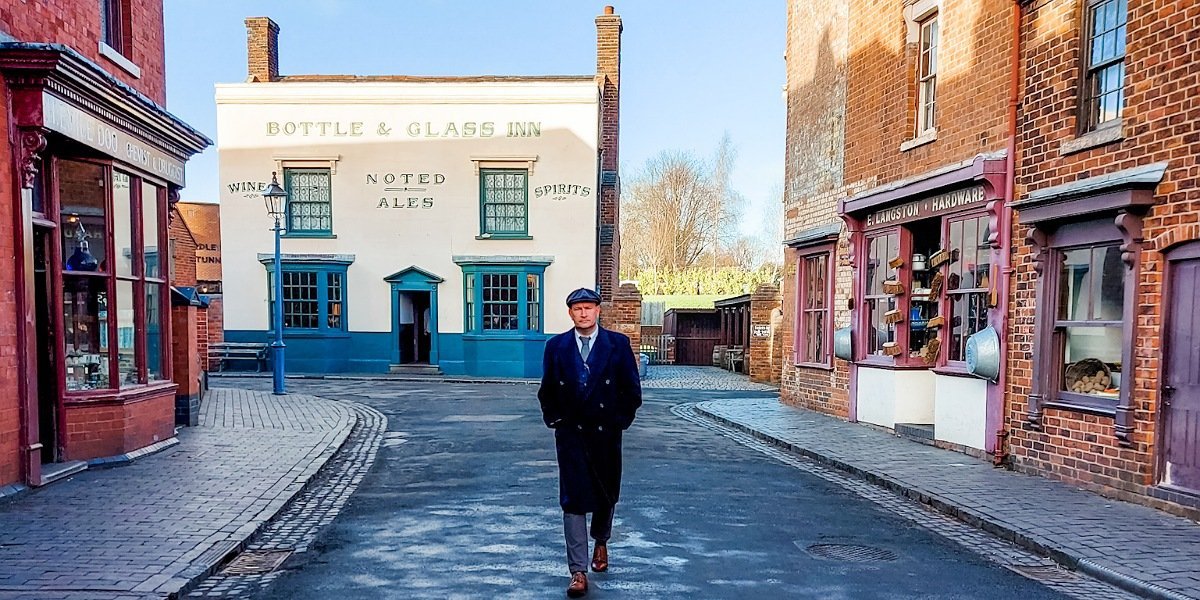
Carl’s book tells of the first time that the name ‘Peaky Blinders’ was used in the press which was the Spring of 1890 when a man went into the Rainbow pub on the corner of High Street Bordesley and Adderley Street and was made fun of by a gang of men for drinking ginger beer. Whilst no fight broke out in the pub, he was followed home and ‘in a lonely part of Adderley Street, where two bridges cross’ he was severely beaten before managing to flee and take refuge in a house in Allcock Street. The relevant news report two weeks later described the gang as the ‘Small Heath Peaky Blinders’.
These locations in the present day are not actually within the Small Heath area, but in Digbeth / Bordesley. The Rainbow Pub has reinvented itself several times over the years and passed through many owners. It has also been an icon of Birmingham clubbing history with many memories made (and lost)! Since it’s recent refurbishment, it remains a traditional pub, and has retained some original Victorian features such as a long wooden bar and the stained-glass windows. However, it also features a new cocktail lounge, a courtyard and a converted basement. The basement pulses on a Saturday night to the tunes of Urban JukeBox and DJ Feva and as advertised on the Rainbow website, the rest of the week it is ‘home to live gigs of all genres including indie, rock, reggae, folk, funk and soul’.
Adderley Street is currently adorned with striking graffiti which is a tourist attraction of Digbeth in itself, and the area around it is now a hotspot for upcoming creative businesses and a fashionable nightspot for the young Brummie crowd, but the bricks of the bridges could surely tell a tale or two having remained essentially unchanged.

The Small Heath area is best known today for St Andrews football stadium, home of Birmingham City Football Club, and for some popular eateries on the Coventry Road. The area is lively but a little run down with a selection of smaller shops, food outlets and rows upon rows of terraced houses. Small Heath extends from Tyseley in the East to Bordesley Green in the West which largely remains an industrial area of the city, surrounded by dual carriageways, warehouses, repair shops and business parks.
St Andrews technically falls into the ‘Bordesley and Highgate’ ward of the city rather than Small Heath, (according to the current council set up) although the boundaries have changed over time. It is almost impossible to imagine this area back in the early 1900’s, however, it is possible to connect the dots of the locations and see how numerous Birmingham gangs could have monopolized and ultimately terrorized the law-abiding citizens on these streets.

A great deal of interest surrounds the Garrison Pub, and whether this is a real place. The answer to that question is yes, the Garrison is a real pub that also stands in Bordesley on the corner of Garrison Lane and Witton Street. Sadly, it is now a dilapidated structure from which the signage has been removed and it is currently disused. Nevertheless, the building still retains some of its historical importance and it is hoped that it will be refurbished and brought back to life one day, still as a pub!
Garrison Lane runs along the left-hand side of Garrison Lane Park, a small grassy area with a playground, and in the nearby vicinity is Garrison Circus, which is a busy roundabout connecting dual carriageways on either side and forming part of the ring road that diverts heavy traffic from Birmingham city centre.

One of the most important Peaky Blinders locations in Birmingham, again as described in Carl Chinn’s book, is Deritend. It is significant as it was home to a family named the Sheldon’s, who were known to the author Steven Knight’s father as bookmakers and Peaky Blinders, and so became the fictional Shelby’s in the TV series. If you wish to read more about the fascinating history of the real Sheldon family, and their links to the Peaky Blinders locations in Birmingham then I highly recommend that you buy Carl’s book, and so I have included a relevant link.
Deritend was formerly the name preferred for the wider Digbeth and Bordesley area including the popular Custard Factory on Gibb Street and the B4100 main road (also known as Deritend Highstreet), that runs past the Old Crown pub. However today it is more the other way around, with Deritend being a smaller locality within the more widely known Digbeth. If you were to set Deritend as your location, you would find yourself in a quieter part of town (albeit several demolitions and building works are underway), with the main points of interest being the imposing St Anne’s Catholic Church, the Ironworks youth hostel and pubs the Fountain Inn and the Spotted Dog.
It is important to note that the Old Crown pub is grade II listed and is the oldest pub in Birmingham, parts of which date back to 1368. Today, also following extensive refurbishment, its architecture remains distinctively historical, and many original features have been retained. The pub is well frequented and has an extensive, hearty menu and offers special events such as quizzes and themed evenings.

I was extremely grateful to Carl for signposting me to the West Midlands Police Museum that is due to open this spring 2022. The website states the following: Work to transform Birmingham’s historic Victorian Lock-Up into a public museum is now well under way. The revamp of the iconic Steelhouse Lane building to create a home for the region’s policing heritage is pushing ahead.
The money for the project comes in large part from a £1m grant from the National Lottery Heritage Fund. Once the building work is complete, work will then start on the historical displays. These will tell stories of prisoners and staff, including the real ‘Peaky Blinders’ who were incarcerated in the building and how the original ‘Lock-Up matrons’ from 1895 were some of the very first women in policing.
I went immediately to see how work was getting on and if I could get some more information about the connection to the Peaky Blinders, which gang members were held there, and for how long. Unfortunately, as it is currently still a live building site, I was not allowed in, but one of the men working there did tell me about some of the fascinating artefacts that they had found stashed in the walls for example cigarette papers, weapons and even a letter to Grandma! All these items will be placed on display for visitors to see, alongside as much information about the famous inhabitants of the Steelhouse lane lockup as they are able to glean.
Watch this space for it’s proposed opening date in four weeks’ + time – it is set to become one of the most visited Peaky Blinders locations in Birmingham.

A final area of note in the Peaky Blinders series is the Gypsy camp where the fight breaks out between Tommy and the Romany Gypsy Lee family. Although the involvement of the gypsies aren’t mentioned in any great detail in Carl Chinn’s book – they are a significant part of the storyline in series one (not to mention the Shelby’s own Romany heritage) and were prevalent during nineteenth century Birmingham.
I have read that the Black Patch in Smethwick was a prominent location of a gypsy settlement around this time, so went over to Smethwick to find out more. This area is also quite industrial, and only a stone’s throw from the infamous Winson Green. The sign announcing that you have arrived at the entrance to Black Patch Park says, ‘site of Hockley Brook and Boundary Brook formerly marking the meeting of Worcestershire, Staffordshire and Warwickshire counties.’
It is possible to walk along the path all the way around the park, the left side is flanked by some large oak trees, and the path to the right leads to a bridge over the stream. I was delighted to find the memorial stone standing near the bridge and engraved with the following:
‘This memorial commemorates the historical contribution made to Black Patch Park and the greater West Midlands area, by a community consisting of the Smith, Loveridge, Badger, Clayton, Scarret, Owen, Hill, Davies, Gorman and other gypsy families. Under the leadership of the head man (King) Esau and his wife (Queen) Sentinia (Henty) Smith, many hundreds of Romany Gypsies and nomadic people camped on this land from the mid-19th century until the evictions of July 26th 1905 and February 15th 1909. Inadvertently, their presence contributed to the preservation of this land as open space enabling the Black Patch Recreation ground to be created and officially opened on June 21st 1911.’
(Birmingham Romany Memorial Review – 26th July 2015).
So, whether the Black Patch is of great importance as one of the Peaky Blinders locations in Birmingham or not, it’s historical significance in the Romany gypsy heritage cannot be underestimated. The same can be said for the Peaky Blinders themselves - whether the parts of stories that we’ve heard are fact or fiction, it cannot be denied that they are and have become, one of the most important revelations ever to have come out of Birmingham.
